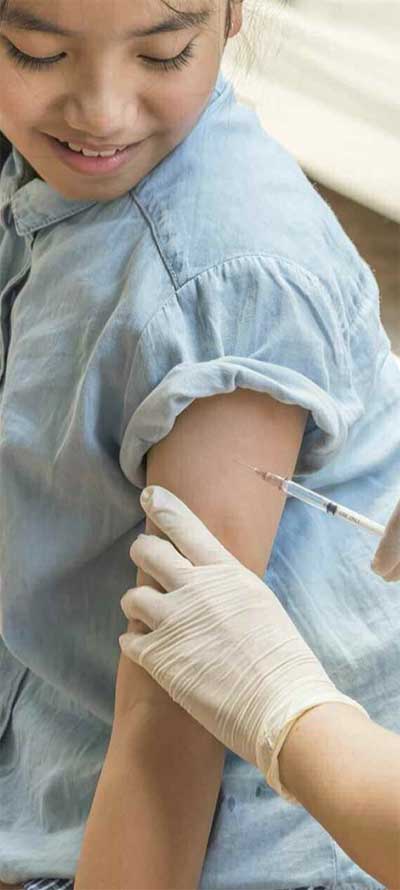Disease prevention has long been a hallmark of nursing.
Vaccines provide protection for nurses and prevent disease in two important ways…
1) Vaccines reduce the risk of disease from occupational exposures.
Nurses need the following vaccines:
- hepatitis B, since many nurses are at risk for exposure to blood or blood-contaminated body fluids. OSHA requires hepatitis B vaccine be offered to certain nurses and healthcare workers.
- Tdap, MMR, and varicella, especially in emergency or outpatient settings where patient immunization status may be unknown.
- an annual influenza vaccination to reduce the risk of influenza exposure in healthcare settings.
2) Vaccines reduce the risk of hospital-acquired infection among patients.
- ALL hospital and outpatient-care personnel who have direct patient contact should be vaccinated. The link between staff vaccination coverage and annual incidence of nosocomial influenza was studied for 12 influenza seasons from 1987 to 2000. Staff vaccination coverage increased from 4% during 1987-1988 to 67% during 1999-2000. Laboratory-confirmed influenza cases among healthcare workers decreased from 42% during 1990-1993 to 9% during 1997-2000.1
- Tdap vaccination can reduce the risk of pertussis in the community and the incidence of pertussis transmission in healthcare facilities, particularly among vulnerable newborns. A 2004 hospital outbreak highlighted the importance of recognizing pertussis transmission in healthcare settings. The newborn pertussis outbreak occurred in a hospital after direct exposure to a healthcare worker with pertussis.2
Vaccines protect yourself, your family, your patients, and your community.
Don’t risk it. Be vaccinated!
For additional information on recommended and required vaccinations in your practice setting or state, visit www.anaimmunize.org.
1. Influenza Vaccination of Health-Care Personnel. Recommendations of the Healthcare Infection Control Practices Advisory Committee (HICPAC) and the Advisory Committee on Immunization Practices (ACIP). MMWR, February 24, 2006. 55(RR02):1-16.
2. Hospital-Acquired Pertussis among Newborns—Texas, 2004. MMWR Weekly, June 6, 2008. 57(22):600-603.
These educational materials are being made available to you through financial support from the American Nurses Association (as supported by Cooperative Agreement Number 1U01P000378-01 from the Centers for Disease Control and Prevention), and from Sanofi-Pasteur. The technical content is based on the recommendations of the ACIP.


















